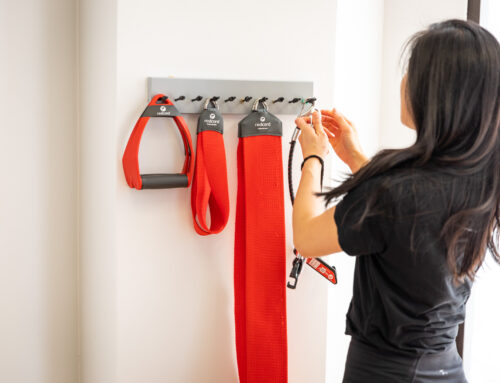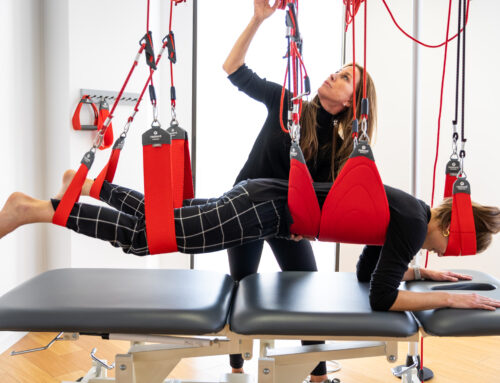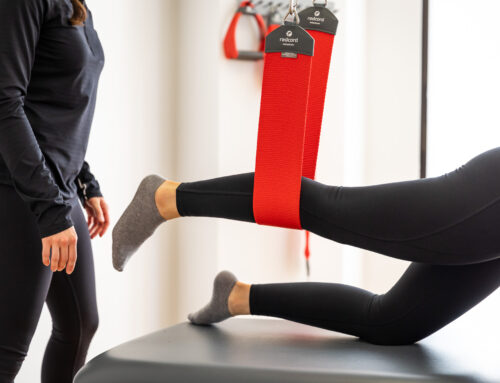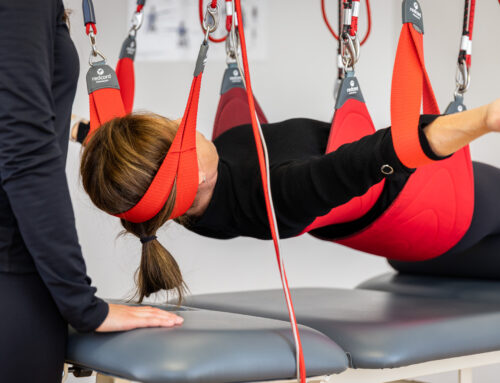Purpose: The muscle strength of the quadriceps muscle is critical in patellofemoral pain syndrome.
The quadriceps muscle supplies the power for dynamic patellar movement, and the vastus medialis oblique (VMO) and vastus lateralis (VL) enable the patella to stabilize during tracking. We followed the theories about open and closed kinetic chain exercises to design two exercises, sling open chain knee extension (SOCKE) exercise and sling closed chain knee extension (SCCKE) exercise. The purpose of our study was to research the changes in quadriceps muscle activity during both exercises.
Methods: Electromyographic analysis was used to explore the different effects of the two exercises.
The MVC% was calculated for the VMO and VL during exercise for analysis.
Results: We found that the mean MVC% values of the VMO and VL during the SOCKE exercise were higher than those during the SCCKE exercise. The ratio of the VMO to VL was 1.0 ± 0.19 during the SOCKE exercise and 1.11 ± 0.15 during the SCCKE exercise.
Conclusions: The SOCKE exercise is targeted at quadriceps muscle training and has a recruitment effect on the VMO. The beneficial effect of the SOCKE exercise is better than that of the SCCKE exercise.
Key words: Patellofemoral pain syndrome, Sling exercise therapy, Electromyography





